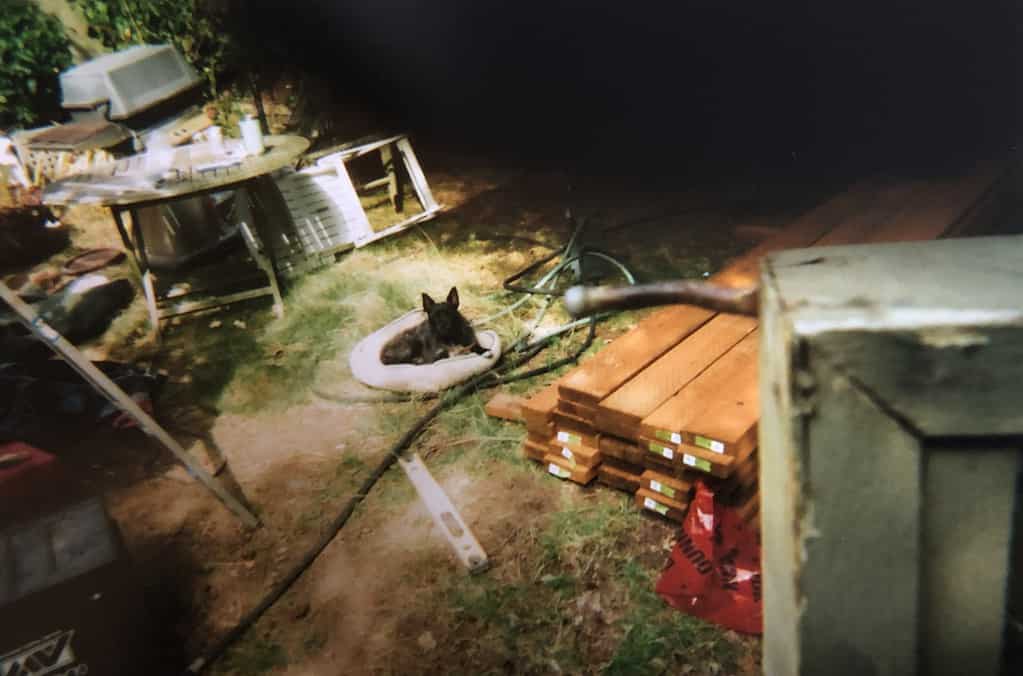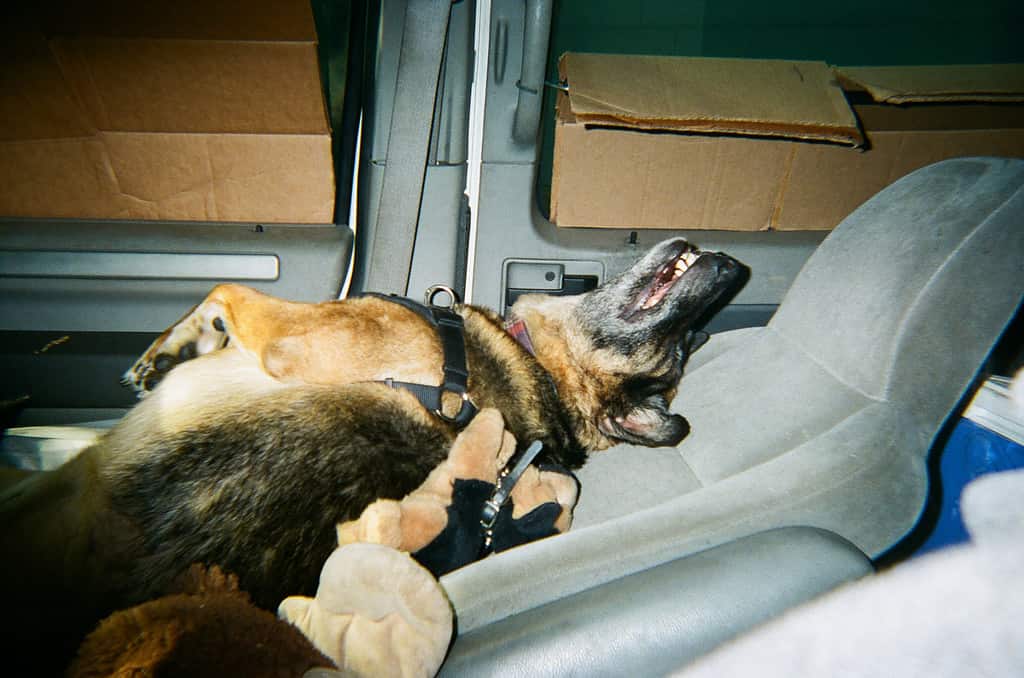
You’ll often notice unhoused individuals with pets. Some react positively and with compassion, while others scorn the sight, seeing it as irresponsible. But for many people without a home, life without their beloved pets cannot be contemplated.
About one in ten unsheltered, homeless adults own a pet. About half reported being turned away from a shelter because of pet policies.
Starting a conversation
In a world where companionship takes various forms, a recent photo project sheds new light on the profound bond between persons experiencing homelessness and their pets. Gemina Garland-Lewis of the University of Washington and colleagues used photography and interviews to explore the challenges and many benefits of this companionship.
“The main findings from a research perspective confirm other studies in terms of the importance of the human-animal bond during housing insecurity and the positive health impact — mental and physical — of having an animal during these experiences,” Garland-Lewis told ZME Science.
“What we were able to do beyond other studies, however, is use the data created by participants (photos, conversations during semi-structured interviews, study notebooks, etc.) to create an empathy exhibit and show it in various public spaces throughout the city. This helps to not only bridge the gap between academics and the general public but also helped facilitate important conversations around housing and the human-animal bond between housed and unhoused individuals.”
Empathy on display




From the margins to the frame
Garland-Lewis has a background in documentary photography and previously studied the lives of people experiencing homelessness with a pet in Seattle. Now, she has handed the camera over to the subjects, allowing them to share their perspectives in their own way.
The Photovoice project engaged 19 participants from Seattle. This resulted in over 900 images that reflect their lives with pets. These photos show the struggles of accessing services due to pet restrictions and the harassment faced by owners. However, they also highlight the positive impacts: pets provide emotional support, improve physical health, and offer a sense of belonging.
“We also found that, although mental health benefits are commonly described for people experiencing homelessness with a pet, several of our participants noted their pet protected them from a suicide attempt or severe mental health crisis, a relationship that has been reported less frequently,” said Garland-Lewis.
Although it may sound straightforward, this project wasn’t without its challenges. The day-to-day challenges that come with homelessness made the participants rather difficult to track for follow-ups. But when they did meet up with the researchers, great care and consideration were given such that the photos could be interpreted correctly and unbiased.

A window into unseen lives
Ultimately, 75 photos representing all 19 participants were displayed in a series of four pop-up exhibits held across a 10-day span in the fall of 2019. Over 500 people visited the exhibit, including those working in service provision and policy surrounding homelessness. The researchers recorded visitor feedback and found many instances where the engaging exhibit helped change previously unsympathetic views.
“I never understood how/why people who are experiencing homelessness could have pets when they can barely support themselves. Turns out that maybe if more emotional support animals exist, unstably housed people could better their mental health,” one of the exhibit visitors confessed to the researchers.
The participants themselves also shared their recommendations for improved services and policies, such as pet food banks and better public education about service animal laws.
“The most significant barrier is ultimately public perception, as this impacts what become the tangible barriers like lack of access to animal-friendly shelter, services, healthcare, or employment as laws or policy are made at a city or state level. This is why conducting the project from an empathy-building approach can hold so much power,” said Garland-Lewis.
“It is very clear that people do not want to abandon their animals – whether it be in homelessness, domestic violence, or a natural disaster. We’ve seen time and time again around the country that people will not accept services or remove themself from an unsafe situation unless they can be with their pet — until we build more empathy and understanding around this issue these barriers will persist.”
The new study appeared in the journal PLoS ONE.






